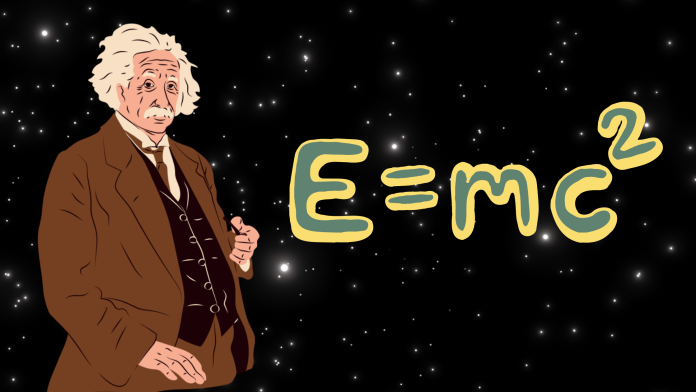In 1905, sitting in a Swiss Patent office a young patent clerk Albert Einstein unrooted the orthodox thinking of the Physicists who had till then believed that light was a form of electromagnetic radiation. Einstein challenged this assumption, proposing that light was not a continuous wave of energy but consisted of tiny particles or corpuscles. Einstein stated, “According to the assumption to be contemplated here, when a light ray is spreading from a point, the energy is not distributed continuously over ever-increasing spaces, but consists of a finite number of energy quanta that are localized in points in space, move without dividing, and can be absorbed or generated only as a whole.”
So, let’s talk about the annus mirabilis of Einstein, the year 1905. In this year Einstein published four papers, and Einstein began getting attention for his work in Theoretical Physics. We will start talking about a story of his different findings throughout the year. These papers dealt with a variety of subjects ranging from the true nature of light based on the quantum hypothesis based on the previous ideas of energy packets by Max Planck and the theory of special relativity that challenged the Newtonian ideas of Space and time.
Photoelectric Effect
In the paper named On a Heuristic Viewpoint Concerning the Production and Transformation of Light, published 9 June 1905 in Annalen der Physik, Einstein proposed the idea of energy quanta, which are tiny pockets of energy. In this paper Einstein said that light can behave as both waves and particles. Before this light was thought to be waves of different wavelengths and frequency. This in a way paved a path for quantum mechanics.
This theory of Photoelectric Effect was the very theory that led Albert Einstein to win the Nobel Prize in the year 1921.
Brownian Motion
The second paper of this year titled, On the movement of small particles suspended in a stationary liquid, as required by the molecular-kinetic theory of heat, was published on 18 July in Annalen der Physik. This paper was especially important because it gave us the mathematical proof of matter being composed of tiny particles called atoms, and molecules formed from the combination of atoms.
Special Relativity
The third and the most important of all paper published by Einstein in this year On the Electrodynamics of Moving Bodies, and talked about his idea of special relativity, and was published on 26 September 1905.In this paper Einstein proposed that speed of light is constant irrespective of the motion of the observer travelling at a constant velocity. However, this paper lacked the idea when the observer was travelling with an increasing velocity that is it has some acceleration.
The Mass Energy Equivalence (E=mc2)
The last paper of the year, Does the inertia of a body depend on its energy content? was published on 21 November 1905. It provided the very famous equivalence relationship between energy and mass E=mc2, and was an extension of his Special Theory of Relativity. This equation tells us that if the increased relativistic mass (m) of an abject travelling at the speed of light, has Kinetic Energy equal to mass times the square of the speed of the body.

